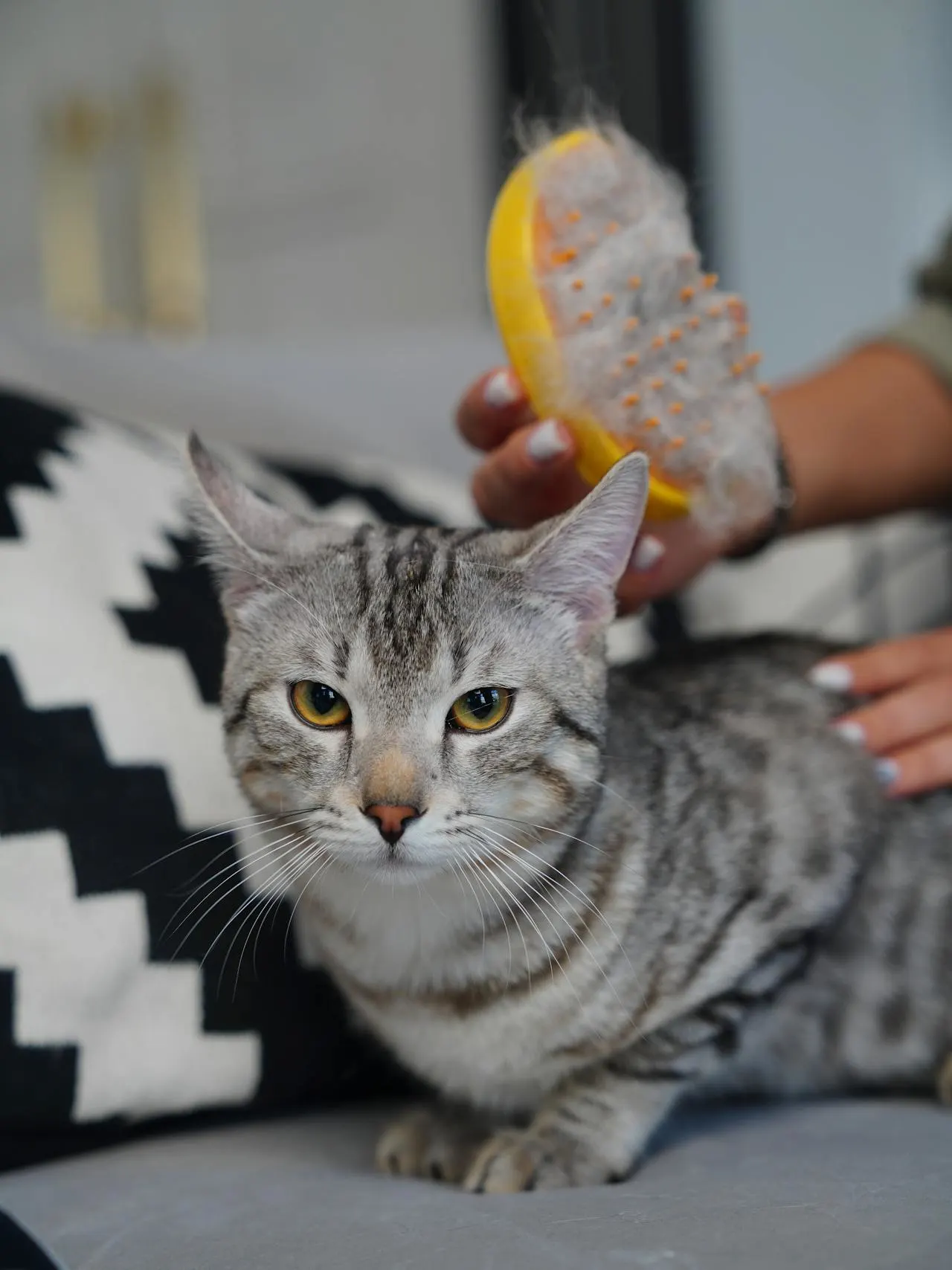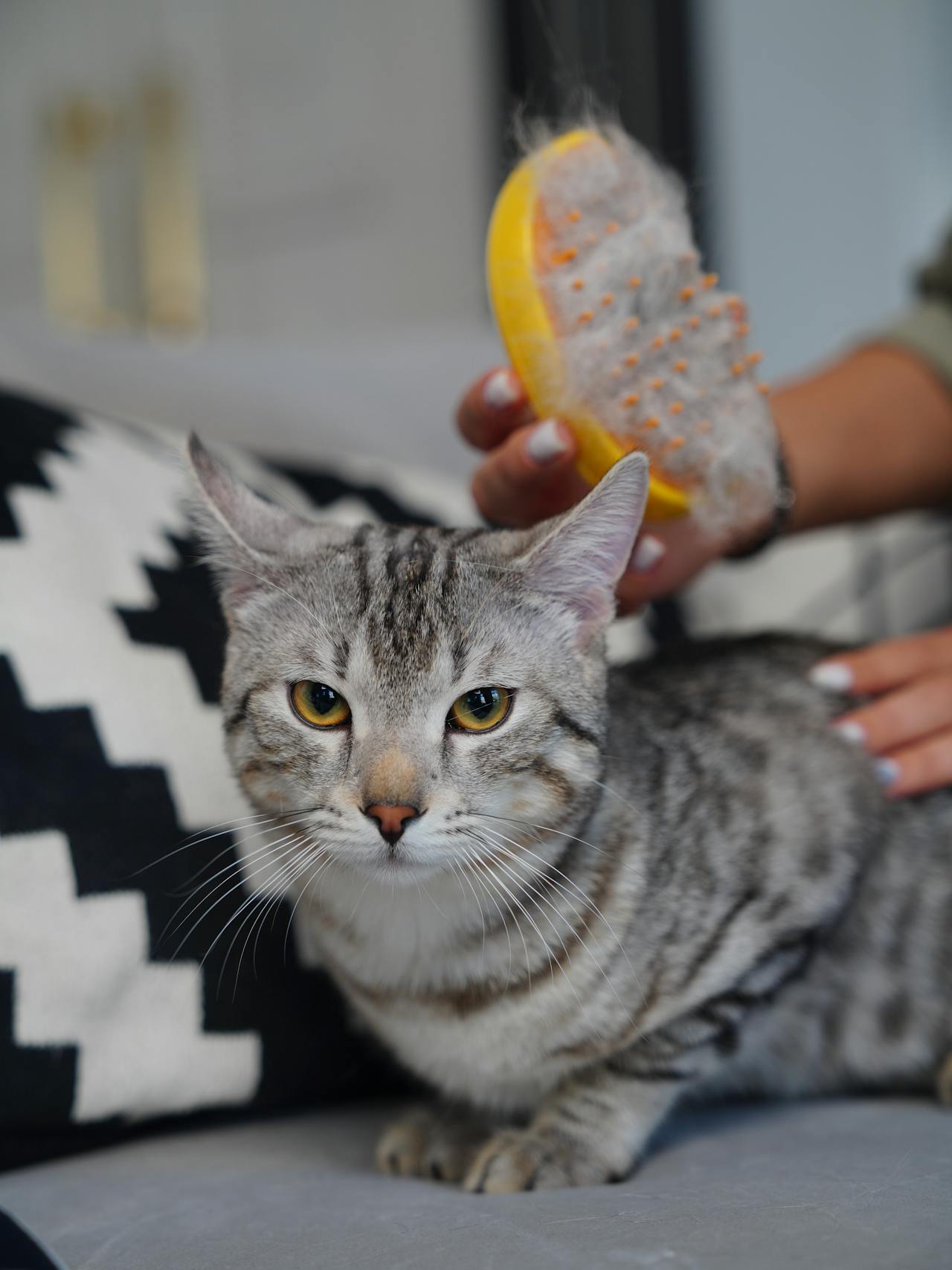Disinfecting toys is as important as providing them to cats. We often go the extra mile to provide happiness and entertainment to our cats but often overlook the importance of disinfecting these toys. The process of disinfection is done to kill germs and other infectious agents that might be present on the toys.
Neglecting to disinfect toys can lead to unwanted and serious circumstances. Germs on toys can multiply easily and cause potential health issues when exposed to cats. It is possible that your cat could get infected through uncleaned toys, it can be a bacterial, viral, and fungal infection. This article will serve as the ultimate guide to cleaning and disinfecting cat toys and help you keep your cat safe from germs.
How often Toys should be Cleaned?
As a responsible cat owner, it is crucial to disinfect cat toys regularly to minimize the risks of infections. Germ-free and properly cleaned toys provide a happy and healthier life for your pets. Cleaning toys twice a week removes bacteria, viruses, and other germs that could be fatal otherwise. However, it also depends on the texture and how often you use specific toys in a week. Most toys are of three types soft, hard, and feeding.
Plush Toys
Plush toys are soft toys and can get dirty easily. Such toys should be cleaned once a week.
Durable Toys
Durable toys are made of hard materials like plastic or rubber that do not break easily and withstand for longer periods. Hard toys should be cleaned after two weeks.
Feeding Toys
Feeding toys are regularly used for feeding purposes and should be cleaned after every use. Otherwise, bacteria can grow and spread to other toys. While washing, you can use warm water, and non-toxic detergents to ensure proper cleaning
Cleaning and Disinfecting Cat Toys
Here is the ultimate Guide to Cleaning and Disinfecting Cat Toys that you can easily follow.
Catnip Toys
The catnip toy is the favorite toy of most of the cats but cleaning it is not an easy task. Before washing, make sure you do not use any toxic detergent. You can use dish water to make a nontoxic solution for washing catnip toys. Other points to keep in mind are
- Do not use fabric softener
- Do not wash it with hot water
- To maintain the potency of the catnip, avoid heat dryer
- Prefer hand rinse over washing machine
- Add catnip to the toy if possible
Plastic Toys
Plastic toys are commonly used as they are long-lasting and easy to clean. You can wash these toys with hot water, vinegar, and other disinfectant. For proper cleaning soak these toys in soapy solution for some time and then rinse with tap water.
Depending on the shape of the toys, sometimes it can be tricky to clean all the crevices and bends. A soft cloth and brush can be used for proper cleaning.
Rubber Toys
Rubber toys are durable and cats love to play with them. However, these toys gather dirt and germs from their surroundings easily. You can wash them with warm water with chemical-free detergent. In the next step, soak the rubber toy in water and use a bristled brush to remove grime. After that, rinse with tap water and then dry it with a clean towel or let it air dry.
Fabric Cat Toys
Fabric cat toys can be washed in hot water as there is no risk associated with it. It is good to read the manufacturer’s instructions on the tag. Prefer washing it without a machine to maintain the quality and color of the fabric.
Products to Clean Cat Toys
After understanding the importance of disinfecting and cleaning toys, you might be thinking of different methods to clean your cat toys. Here are some that you can consider
Hot Water and Detergents
We all know that heat is a natural disinfectant so is the hot water. Cleaning toys with water will not only remove dirt and grease but also help in getting rid of germs when combined with detergent. Hot water also enhances the effectiveness of the cleaning agents and enables it to kill germs properly.
Although detergents contain enzymes, they may contain toxic ingredients and chemicals. Before using detergent, it is important to read the mentioned ingredients on it and make sure it is non-toxic.
Vinegar Solution
Vinegar solution can be used to clean toys and it is a natural detergent. Before using, it should be diluted in water to make a solution. Unlike other detergents, soak toys in vinegar solution for a short time and then remove them with plain water to remove vinegar residues.
Depending on the texture of the toys, vinegar solution can also be added to the washing machine. Make sure the toy is completely dry before your cats start playing with it.
Washing Machine
Another way to clean cat toys is the use of a washing machine. Some suggestions should be followed while using the machine for cleaning
- Do not put fragile toys
- Do not add detergents with fragrance
- Set the right temperature
- Use a dryer after washing toys to eliminate remaining germs
- Select dye-free detergents as your cat can be allergic to it
Disinfectant Spray
The disinfectant spray is commonly used to disinfect toys. The method of using disinfectant spray is usually stated on the label. Make sure the disinfectant you are using is approved by Environmental Protection Agency (EPA).
- Spray it on toys for the time specified on the label
- Dry Toys before giving to cats
Key Points To Remember
- Always follow the instructions provided on the label of the disinfectant
- Always air-dry toys after washing with disinfectant
- Do not use hot water for rubber toys
- Throw away the scratched toys
- Use a bristle brush for proper cleaning
- Do not use dyes in the machine
- Prefer dish wash with warm water
- Wash toys at least once a week












